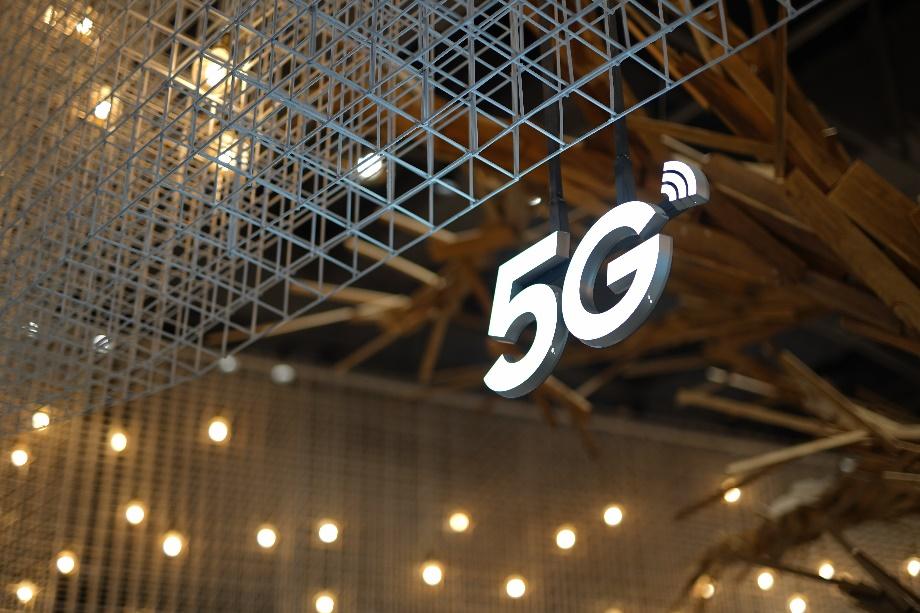Introduction to 5G
The main features of 5G include:
- Increased Speed: 5G networks are designed to provide download speeds of up to 20 Gbps and upload speeds of up to 10 Gbps, which is significantly faster than 4G.
- Lower Latency: 5G networks have a lower latency compared to 4G, which means that the time it takes for data to travel from the device to the network and back is reduced. This feature is particularly useful for applications that require real-time responses, such as virtual reality and autonomous vehicles.
- More Reliable Connections: 5G networks are designed to be more reliable than 4G, with a higher number of available connections and better coverage. This is achieved through a combination of advanced antenna technologies, such as beamforming and massive MIMO, and the use of a millimetre-wave spectrum.
- Improved Capacity: 5G networks are designed to handle more connections than 4G, which means that more devices can be connected to the network at the same time.
- Enhanced Mobile Broadband (eMBB): 5G networks will allow for faster and more reliable streaming of high-definition video and audio, and will also enable new use cases such as augmented and virtual reality.
- Ultra-Reliable Low-Latency Communications (URLLC): 5G networks will enable new use cases such as remote surgery, self-driving cars, and the Internet of Things (IoT) by providing ultra-reliable and low-latency communication.
- Massive Machine-Type Communications (mMTC): 5G networks will enable the connection of a massive number of devices and sensors, such as those used in smart cities and industrial automation.
In comparison to 4G, 5G technology employs radio waves at a higher frequency, enabling the simultaneous transmission of more data at quicker rates. The usage of small cells, which are scaled-down counterparts of conventional cell towers, is another component of 5G. They are intended to provide coverage in places where it would be challenging to install a standard cell tower and can be mounted on buildings or streetlights. This improves flexibility in 5G network deployment and helps to solve the problem of the high-frequency 5G signals’ short range.
In addition, 5G uses Massive MIMO (Many Input Multiple Output) which makes better use of the available bandwidth by sending and receiving signals using multiple antennas. This technology also enhances the performance of the network as a whole. Using higher frequency radio waves and beamforming technologies, 5G is quicker than 4G.
Beamforming is a technology used in 5G networks that directs radio waves directly to a device, rather than broadcasting them in all directions. The transmission of radio waves n this manner has various advantages. By limiting the amount of radio frequency (RF) radiation that people and other living things are exposed to, beamforming can make 5G safer to use.
Less RF radiation is dispersed into the environment since the radio waves are focused on the equipment that needs them. This may lessen the total amount of RF radiation that nearby 5G cell tower-area residents and animals are exposed to. Beamforming can also contribute to the increased security of 5G networks. It is more challenging for illegal devices to enter the network by only sending radio waves to particular devices. By doing so, the chance of hacking and other security issues can be decreased.
Impact of 5G on e-commerce
5G will have a significant impact on the progression of e-commerce, as it will enable a range of new applications and services making the ever-increasing online shopping more convenient and efficient. 5G will also impact e-commerce through:
- Improved website and app performance. This will make it easier for users to browse and purchase products online.
- Enhanced personalisation, which translates to more customer-personalised shopping experiences.
- Increased use of Augmented Reality (AR) and Virtual Reality (VR) which will enhance online shopping, through pre-purchase, product visualisation and virtual sampling for example.
- Expanded use of IoT will allow businesses to offer new types of products and services to customers. For example, devices to monitor product health and performance and enhanced real-time customer support.
- Greater use of telemedicine, which will enable the expansion of remote medical healthcare, making it easier for patients to access services.
Conclusion
In a nutshell, 5G represents a revolution in the way we interact with one another and access information. It enables us to carry out previously challenging tasks, or which would have required a lot more time.
Many more customers will experience a new way of life as a result of 5G.

